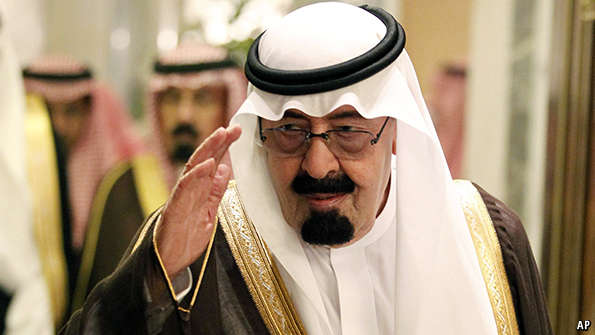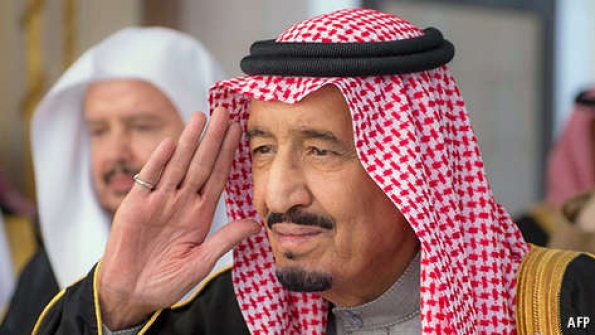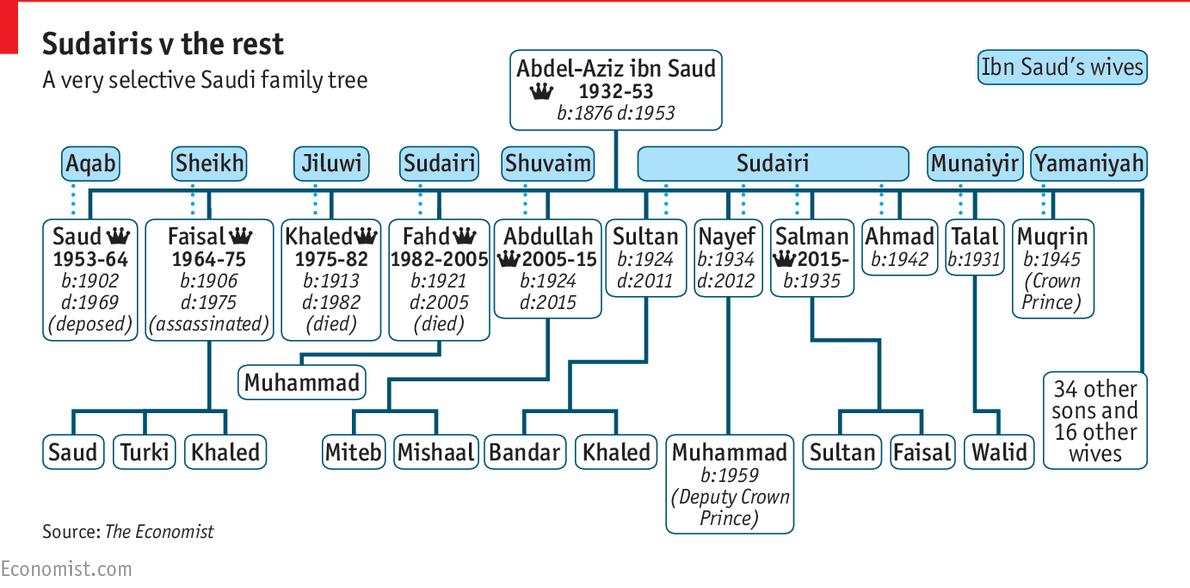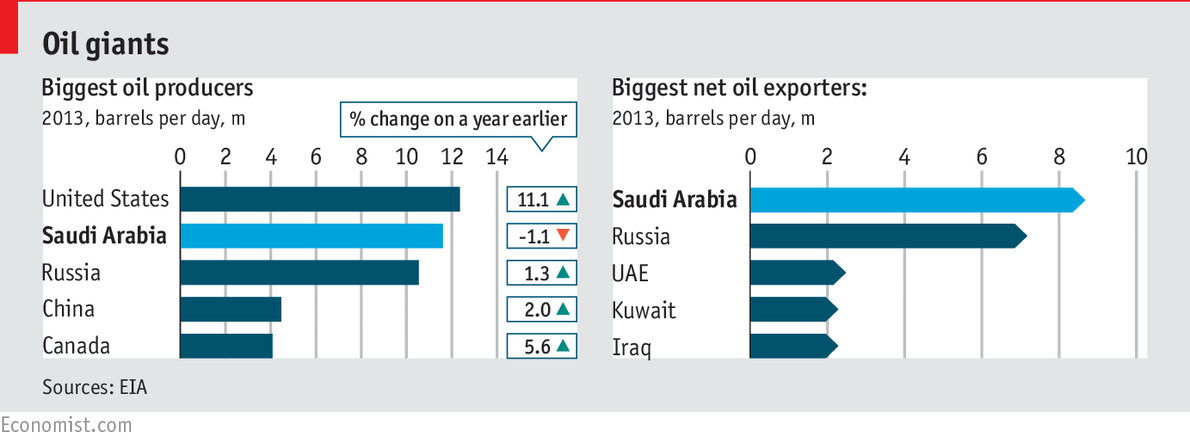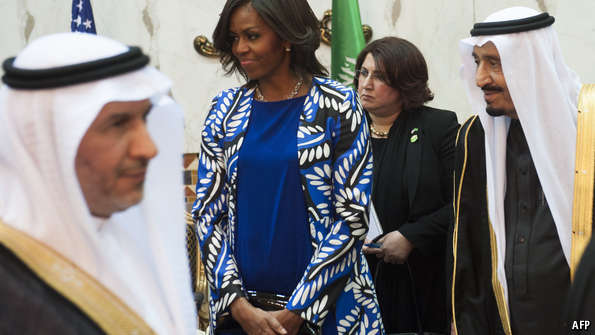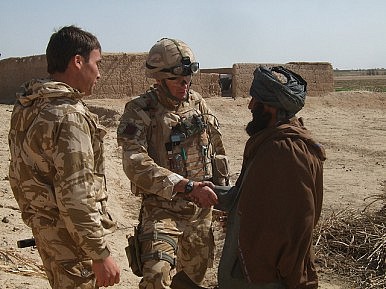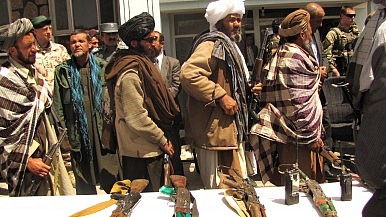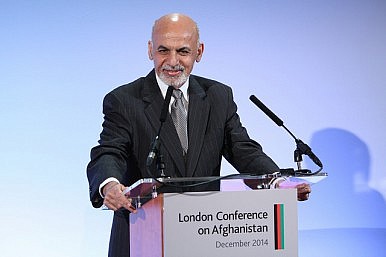 |
| Kaptan Taliban Khan PTI |
With a mix of horror and disbelief I watched the footage from Matanai where a school van was ambushed by militants. Even for senses numbed by scores of bombings every year, this came as a shock because the victims were children (aged between 8 to 14 years), and were deliberately targeted. One would think that even the most shameless of villains would not be low enough to own these killings, but within hours the Tehreek I Taliban Pakistan (TTP) proudly claimed full responsibility. Bravo!
The footage of the aftermath showed faces smitten with fear, a little girl, hardly six or seven lay in a state of shock; her blank expression and her blood soaked shirt spoke volumes about the horrors that she went through. Some of the survivors did speak to the media and the noticeable thing about their interviews was that they were either in Pashtu or in heavily accented Urdu.
It is important to highlight the accents and thus ethnicity of these children because the same are often ignored by those who perceive Taliban violence as a Pashtun backlash. Take the Chairman of the Pakistan Tehreek I Insaaf (PTI) for instance; in one of his sermons on YouTube titled “Imran Khan Explains War of Terror and Pakistani Taliban”, he declares the Taliban to be a “Pashtun Resistance”. But, how exactly does a Pashtun Resistance claim mostly Pashtun victims is something that Mr. Khan didn’t elaborate upon.
To prove this argument, references are often made to episodes of Pashtun resistance from the past. But the difference between Taliban leadership and historical figures such as Faqir of Ipi becomes very obvious if one considers their respective target selection. Mullah Powindah, Pir Roshan and Faqir of Ipi were not known for targeting Pashtuns, as all of them had a strong nationalistic bias; i.e. a Pashtun bias. The Taliban however, do not have any of that as proven by the fact that their victims are predominantly Pashtun. It should be obvious that when an insurgency fights in the name of an ethnicity then it does NOT target that ethnicity; the ETA is not known for killing Basques and neither was the Tamil Tigers known for killing Tamils. For this reason, it is downright disrespectful to term Taliban violence as a “Pashtun backlash”, because the Pashtuns themselves are its biggest victims.
While one feels disappointed with the former cricketer, one is absolutely horrified when the same logic is echoed by a group of Pakistan’s “Foreign Policy Elites” (FPE). A recent report by the Jinnah Institute (JI) and the US Institute for Peace (USIP), titled “Pakistan, the United States and the end game in Afghanistan” builds its case on the very same assumption. While the FPE rightly point out that a settlement in Afghanistan should not result in “negative spillovers” or cause “resentment” among Pakistani Pashtuns, their recommendation for ensuring that is quite perplexing, as they want inclusion of the Haqqani Network and the Quetta Shura in any post US setups in Afghanistan.
If such an arrangement is considered necessary for appeasing Pakistani Pashtuns, then the FPE need to move beyond books of history & genealogy, and instead concentrate on recent news reports, electoral results, and opinion surveys. The Pashtuns of Pakistan have been categoric in rejecting the Taliban; in 2008’s general election, the Province of Khyber Pakhtunkhwa (KP) voted overwhelmingly for anti Taliban parties i.e. the ANP and the PPP. The PEW research survey for 2010 predicts that only 7% of KP approve of the Taliban, while the same is 15% for Pakistan and 22% for Punjab. Furthermore, TTP’s targeting of elected leaders in KP as well as that of the tribal elders of FATA, clearly indicates that the Taliban feel threatened by those who represent Pashtun consensus. This anti Taliban sentiment should be expected, given the chaos and destruction that the TTP has brought upon Pashtun lands.
If our FPE think that the alliance between the Taliban in Pakistan and Afghanistan can be taken care of through some strategic parlaying, then they are sadly mistaken. Whether it’s supporting the Uighars in China, or the refusal to handover Osama, the Afghani Taliban have proven that when it comes to the Global Jihadi fraternity, strategic concerns are not that important to them. Thus, it should be obvious that if the Taliban get strengthened in Afghanistan, then the strengthening of the Pakistani ones is inevitable.
Lest one forgets, this September had quite a few reminders of what that strengthening could entail. Besides the attack on the 13th in Matanai that killed 5, on the 16th a suicide bombing in Dir claimed 27 lives, on the 19th another 8 were killed in Karachi, and on the same day 6 died in an attack on CD shops in Peshawar, and if that was not enough, then on the 20th they lined up 26 Shias in Mastung and gunned them down; and then ambushed two more who were on their way to the scene of the massacre. A sum total of 74 Pakistanis killed in 7 days for the “crimes” of working for the Government, listening to music and being Shia.
The underlying motivation for this violence is ideological, and this ideology is not likely to change whether the United States leaves Afghanistan tomorrow or doesn’t in the next ten years. It is also an ideology that declares a majority of us Pakistanis i.e. the Barelvis and the Shias to be Wajib Ul Qatal (dead men walking), and legitimizes the destructions of schools, shrines, Imam Bargahs and mosques. With the Quetta Shura and the Haqqani Network espousing the same ideology, their strengthening in Afghanistan should raise alarm bells for anyone concerned about Pakistan’s security interests.
If the potential “resentment” of Pakistani Pashtuns weighed heavily on the minds of our FPE, then the safety of the same Pakistanis should have had an even bigger impact, an impact that is certainly not evident in the conclusions to this report. For this reason, the Foreign Policy Elites need to reconsider their definition of Pakistan’s national interest. It is recommended however that before doing so, this group puts itself in the shoes of the parents of Matanai, it is very likely that the word “pragmatism” might have a different meaning then.
SOURCE: https://iopyne.wordpress.com/2011/09/30/elitist-misconceptions/

